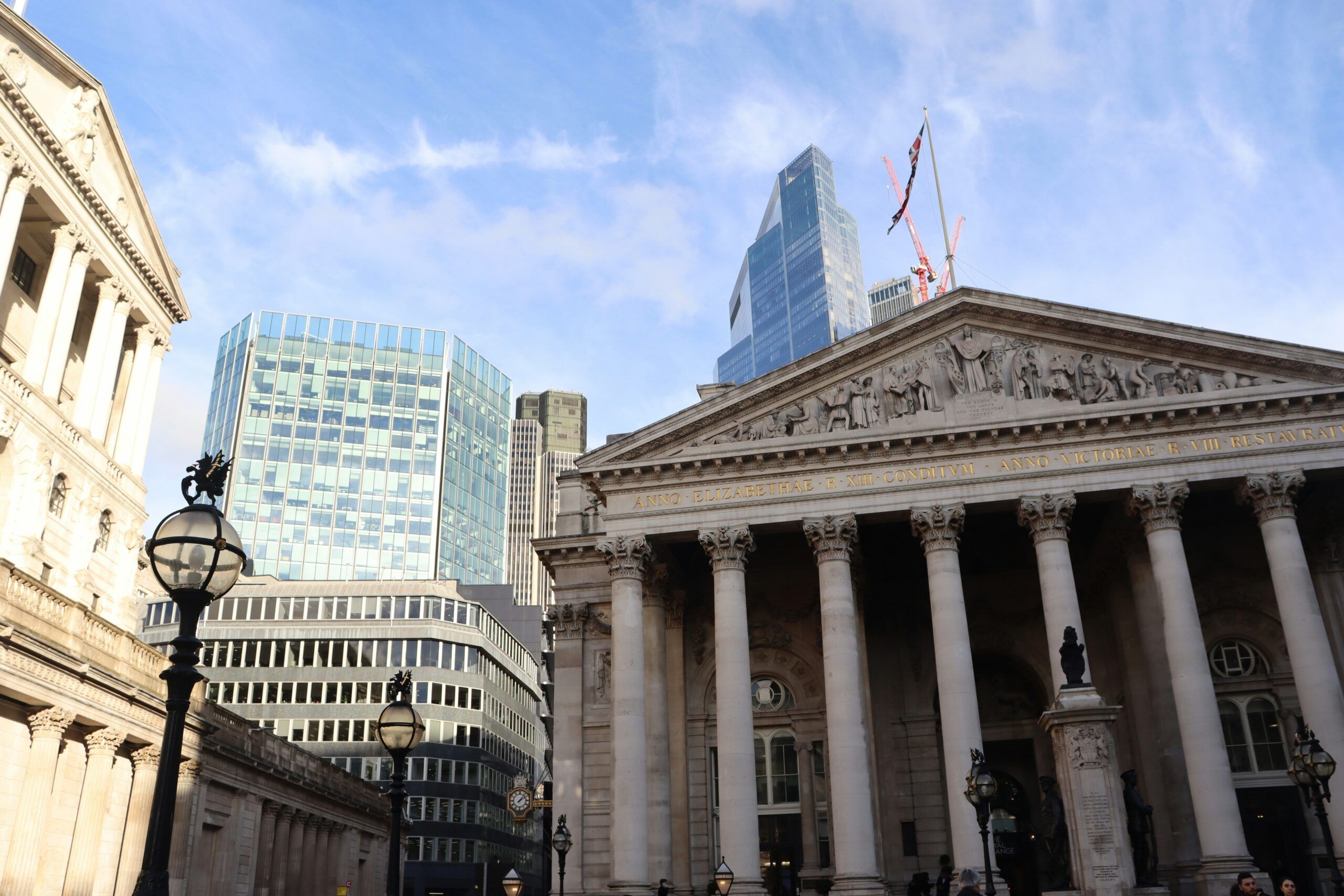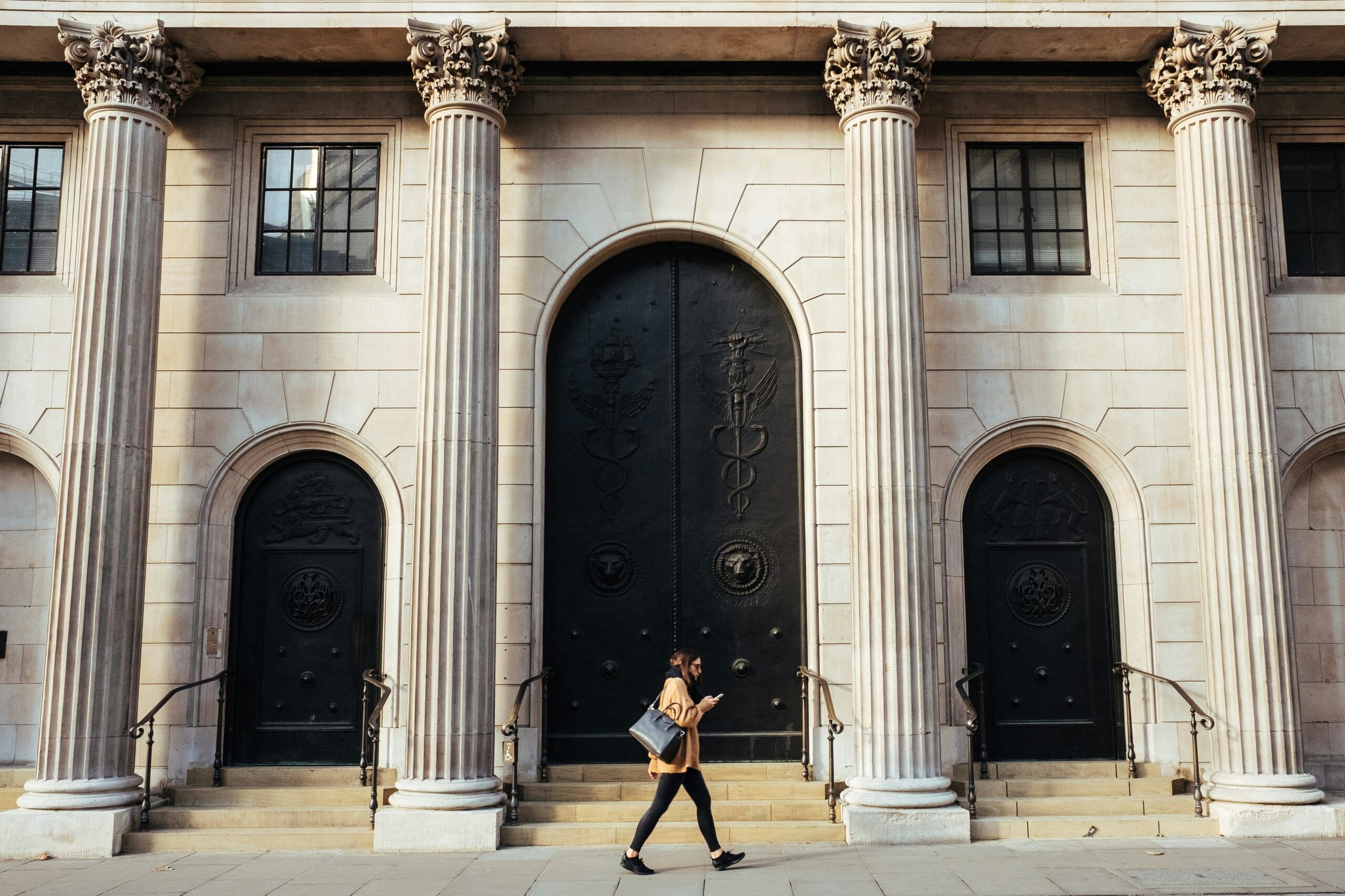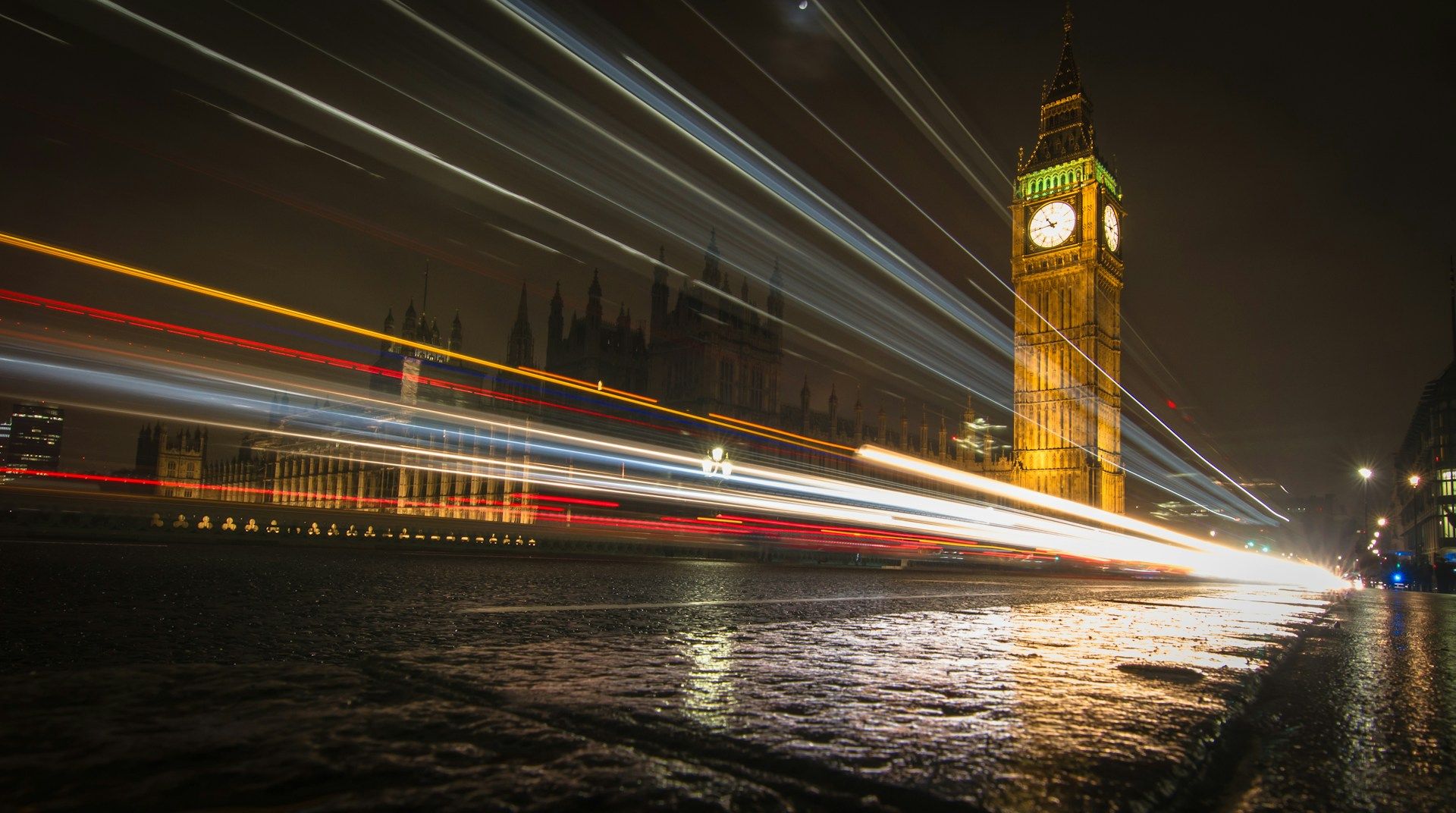Bank of England Cuts Interest Rates
Today the BOE (Bank of England) announced a cut in interest rates with the MPC (Monetary Policy Committee) advising a reduction of 0.25% to 4.5%. The committee was divided, with five members voting for a ¼% cut, two members for a ½% cut, and the remaining two members voting to hold rates. Markets were surprised by the cautious approach, with President Trump’s tariff war weighing heavily on the outlook of the United Kingdom’s growth.
Caution was the watchword coming out of the MPC despite the divided votes saying that monetary policy easing should be “gradual and careful” in the light of volatility in the global economy which has been the result of President Trump’s wide-ranging tariffs. Forecasts by the BOE suggest that inflation will peak in Q3 2025 at 3.5% with growth being anticipated at 1% by close of business 31st December 2025, increasing to 1.25% for 2026 and then unchanged for 2027.
Following the decision by the MPC, Governor Andrew Bailey said in a statement “inflationary pressures have continued to ease so we have been able to cut interest rates today”. He went on to say “The past few weeks have shown how unpredictable the global economy can be. That is why we need to stick to a gradual and careful approach”. Traders had anticipated a bigger cut and were surprised by the decision, with one expert saying that this clearly is a hawkish cut.
The day before the MPC announcement was made, President Donald Trump revealed that the United States was about to make a trade deal with a major country, (later reported as the UK), and many commentators were then suggesting this would nudge the Bank of England into making a larger cut than they did. However, the BOE has made it crystal clear that they feel the greatest threat to the UK’s economy is from the global impact of U.S. tariffs. The BOE has given itself room to manoeuvre by saying “it will remain sensitive to heightened unpredictability in the economic environment and will continue to update its assessments of risks”.
As always, President Donald Trump is in the frame when it comes to important economic decisions, especially when it comes to Central Banks’ monetary policies on interest rates. As such, the BOE appears completely divided over interest rate decisions and which way monetary policy will go. Several experts have surmised that the BOE have been forced into being reactive rather than proactive or forward looking. Markets are suggesting another rate cut in August 2025, but for now the outlook remains uncertain.





